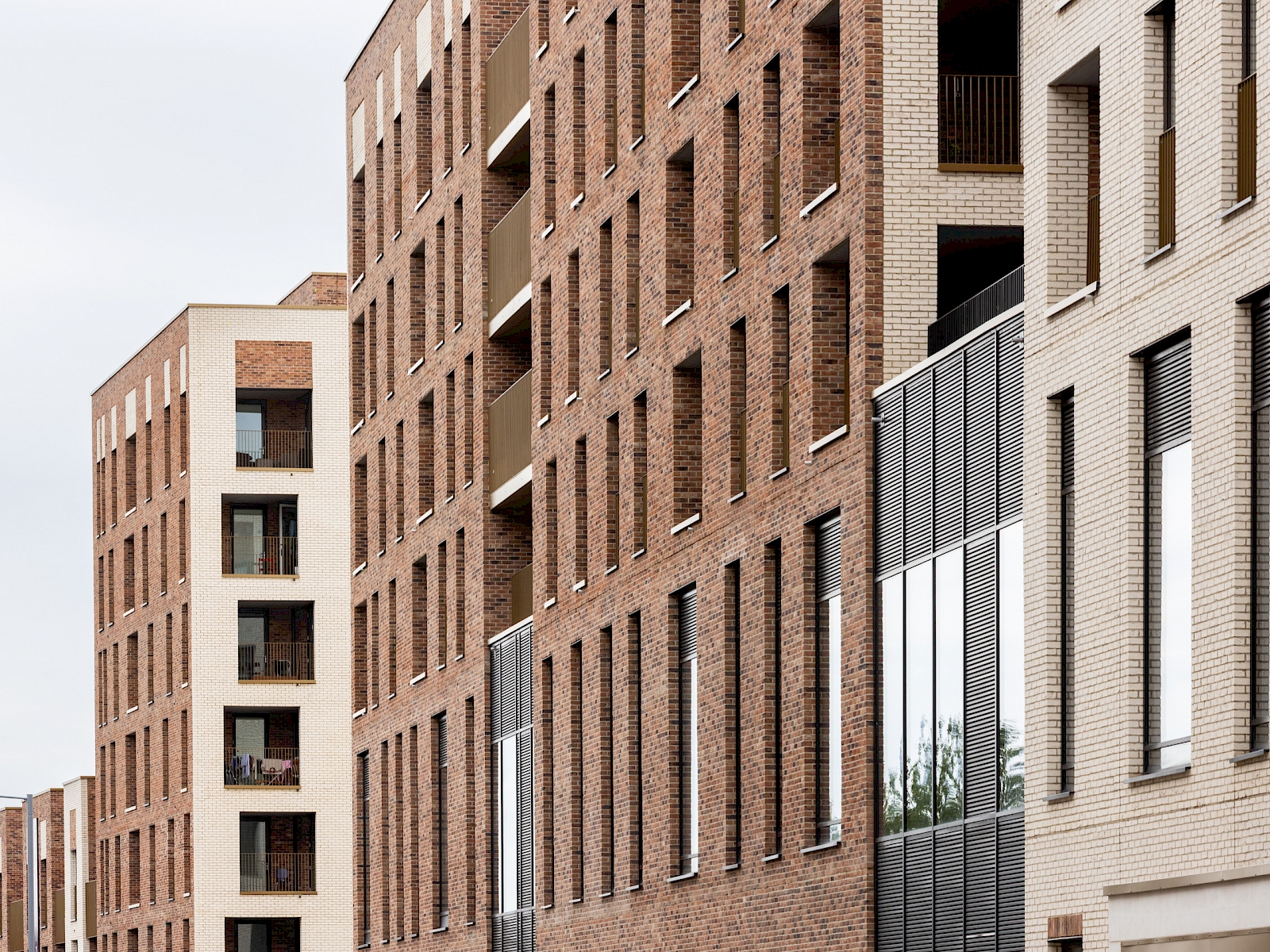Working Detail: Designing for the future or just ticking boxes?

Roger Holdsworth
Each month, PTE's Knowledge Hub team will explore the complexities and technical challenges British project architects face every day.
According to a recent Guardian article our current plans to protect buildings from extreme weather are falling short. It said existing buildings and infrastructure should be upgraded to withstand temperatures at least 2°C above normal by 2050, exceeding the 1.5°C Paris limit.
That’s going to be tough. Even with current targets, there are challenges that we’re seeing – experiencing - firsthand. For instance, our work with a major housing provider has exposed the costly fallout of legacy projects - schemes often acquired through Section 106 agreements where the paramount concern was increasing site density, not achieving enduring environmental performance. This short-sightedness has forced design teams into an untenable position: retrofitting expensive mechanical solutions for housing still under construction, addressing issues that genuine foresight would have prevented. We have to break this cycle.
Our client is rightly focused on “passive first” strategies - prioritising natural ventilation, robust fixed shading, and design features that empower residents to control their environment. Mechanical systems are a last resort, yet sometimes unavoidable due to regulatory demands.
But even as we strive for comfort and performance, new dilemmas emerge. For example, in tall buildings, windows that open wide enough for proper ventilation can pose safety risks, especially for families. Balancing safety, comfort, capital and operational cost, and compliance is a complex equation.
We half-joked that the ideal block of flats might be one wrapped entirely in balconies at each floor, with elegant storage integrated into the façade concealing heat pumps - a vision that’s both practical and beautiful. But is this enough? Will such solutions stand up to the unpredictable climate of the next 60 years? Can we create buildings today that will still protect, comfort, and inspire in 2085 let alone 2050?
The real challenge is convincing clients to go beyond minimum standards. We must design not just for compliance, but for resilience, adaptability, and long-term operational value.






